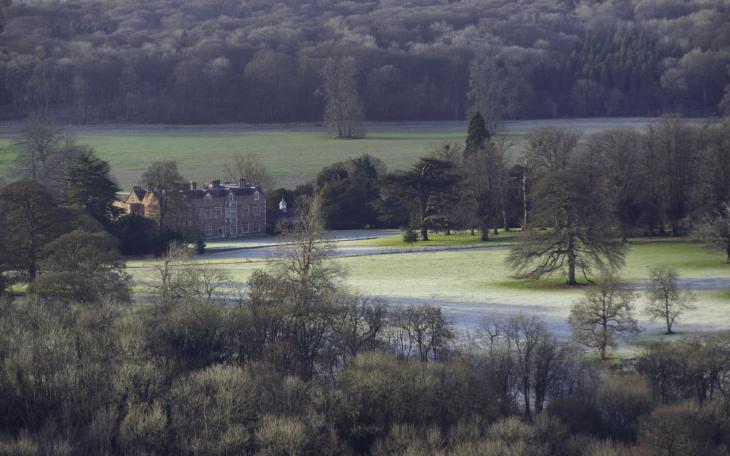Can the Cabinet ‘away-day’ help the Tories make a ‘come-back’?

The Cabinet met today at Chequers, the official country residence of the British Prime Minister, for an ‘away-day’. This meeting is no standard team-building exercise, but an existential crisis strategy gathering for the PM and his party.
The next general election is predicted to happen in Autumn 2024, which means the race is on for Sunak to demonstrate he’s worth your vote. This comes after polling last week showed his favourability at -29, a fall of 20 points since October. Another poll shows 55% of Britons think Sunak is unlikely to win the next election.
Around noon, the Cabinet discussed some of the political matters plaguing the government. Shorthand for the “sleaze”, which the Sunak administration has been unable to shake following a referral of Tory chairman Nadhim Zahawi to ethics adviser Sir Laurie Magnus over his tax affairs. Many hoped Sunak’s promise of having “integrity, professionalism and accountability at every level” would stop the Johnson-era headlines and it’s clear they must stop or else be his undoing.
Next, the Cabinet discussed the PM’s five priorities: Inflation, growth, debt, waiting lists, small boats. Jeremy Hunt, Steve Barclay and Suella Braverman reportedly gave presentations on progress. However, reports suggest the economic situation is challenging at best, with the Treasury confirming reports that the Office for Budget Responsibility will need to revise down its forecasts for medium-term growth because of a weak economy and major labour shortages.
And among all this, if the Conservatives are to secure a “narrow” path to victory, it will be key to focus on age and location.
On age: new research is showing voters are holding on to liberal views for longer, meaning a greater proportion of under 60’s are less likely to hold “conservative” views, proving a challenge for the party. The “grey” vote is eroding as middle-aged people hold similar views to those under 45, suggesting Labour may be more appealing to them than a decade ago. Issues like scrapping housebuilding targets and childcare support appear to be policies the Tories may need to u-turn on in order to win them over, aside from demonstrating creds on public sector support and liberal cultural issues like equalities.
On location: the Conservatives must hold key so-called ‘battleground’ seats to retain power. These will be seats where incumbents hold slim majorities, and there will need to be gains in Scotland. 141 seats out of 650 were won by a margin of less than 10 percentage points in the last election, 22 of which (16%) are in Scotland, accounting for 37% of Scottish constituencies.
A positive case will also need to be made to grab the 13% or so undecided voters. Polling suggests undecided voters lean heavily Tory but it will be a hard sell, made harder by trying to encourage turnout when the weather may be bad.
But finally, while some think it’s a foregone conclusion, with a 21-point polling lead, Labour will still need to gain a hefty 124 seats to win a majority. And while Labour leads by 26% in the so-called Red Wall - a set of seats they lost by 9% in 2019 – they will need to articulate a vision and position people can remember. At the moment, voters are unsure of where leader Keir Starmer stands and what his Labour party stands for.
Two weeks ago, Starmer addressed the Parliamentary Labour Party in Westminster to tell them “we need to redouble our efforts” to “give Britain its future back”.
It looks as though both parties are fighting for their political lives as Labour looks to show voters how things could be different if the Conservatives were replaced, while the Tories are fighting to stop the bad headlines and fighting amongst themselves, and working to prove them wrong.








